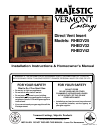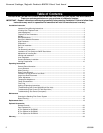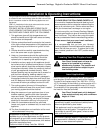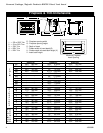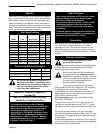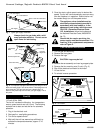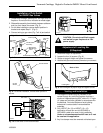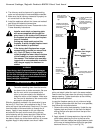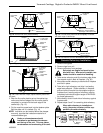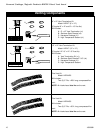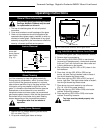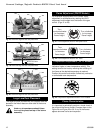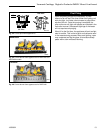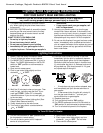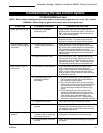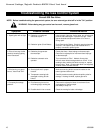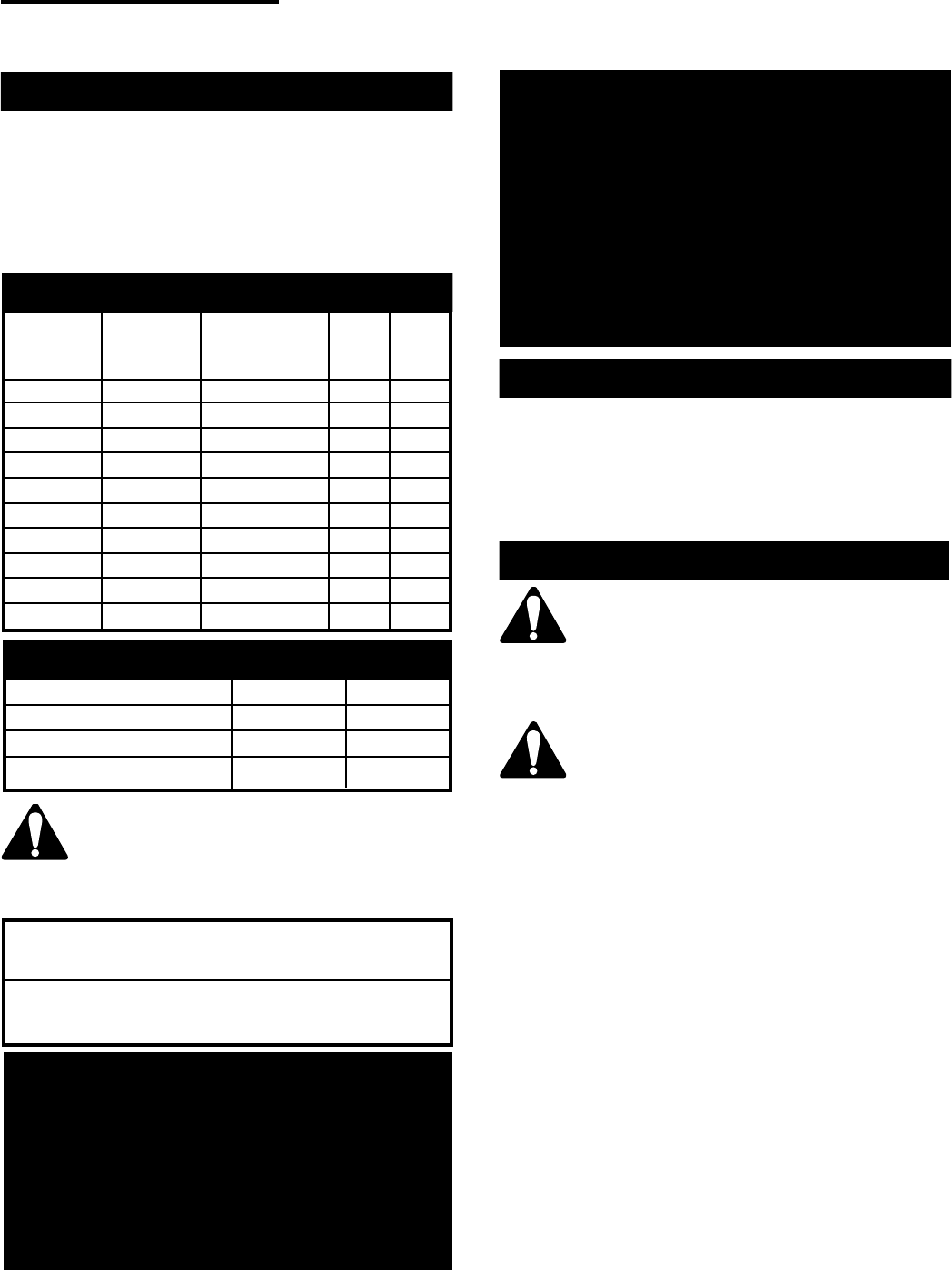
5
10000801
Vermont Castings, Majestic Products RHEDV Direct Vent Insert
When the unit is installed into a woodburning fireplace,
the minimum distance the mantel can be placed above
the fireplace is governed by local building codes appli-
cable to woodburning fireplaces. Consult local authori-
ties having jurisdiction for these clearances. The under-
side of the mantel will become warm. Use only finishes
which are heat resistant and do not discolor.
Mantels
Natural LP
Minimum Inlet Pressure 4.5" W.C.11.0" W.C.
Maximum Inlet Pressure 7.0" W.C. 13.0" W.C.
Manifold Pressure 3.5" W.C. 10.0" W.C.
Gas Inlet & Manifold Pressures
Do not use this appliance if any part of it
has been under water. Immediately call a
qualified service technician to inspect the
unit and replace any part of the control
which has been under water.
RHEDV25 / RHEDV32 / RHEDV42
Certified To
ANSI Z 21.88-2002 / CSA 2.33-2002
Vented Gas Fireplace Heaters
The installation of your Vermont Castings,
Majestic Products Fireplace must conform with
local codes, or in the absence of local codes,
with National Fuel Gas Code, ANSI Z223.1
latest edition, or CSA B149.1 Installation Code.
(EXCEPTION: Do not derate this appliance for
elevations up to 4,500 ft. (1370mm). Maintain
the manifold pressure at 3.5" w.c. for Natural
Gas and 10" w.c. for LP gas.)
Gas Specifications
Max. Min.
Input Input
Model Fuel Gas Control Btu/h Btu/h
RHEDV25RN Natural Gas Millivolt Hi/Lo 22,000 15,400
RHEDV25RP Propane Gas Millivolt Hi/Lo 22,000 16,500
RHEDV32RN Natural Gas Millivolt Hi/Lo 27,000 18,900
RHEDV32RP Propane Gas Millivolt Hi/Lo 27,000 20,250
RHEDV32TN Natural Gas Thermostat Hi/Lo 27,000 18,900
RHEDV32TP Propane Gas Thermostat Hi/Lo 27,000 20,250
RHEDV42RN Natural Gas Millivolt Hi/Lo 35,000 24,500
RHEDV42RP Propane Gas Millivolt Hi/Lo 35,000 26,250
RHEDV42TN Natural Gas Thermostat Hi/Lo 35,000 24,500
RHEDV42TP Propane Gas Thermostat Hi/Lo 35,000 26,250
High Elevations
Input ratings are shown in BTU per hour and are
certified without deration for elevations up to
4,500 feet (1,370m) above sea level.
For elevations above 4,500 feet (1,370m) in USA,
installations must be in accordance with the
current ANSI Z223.1 and/or local codes having
jurisdiction.
In Canada, please consult provincial and/or local
authorities having jurisdiction for installations at
elevations above 4,500 feet (1,370m).
Preparation
Before beginning, remove glass door and logs from
unit. Also check to make sure there is no hidden
damage to the unit. Take a minute and plan out the
gas,venting and electrical route. It is best to start with
the gas line first followed by the chimney liner. (Refer to
Page 8)
Gas Line Installation
When purging the gas line, the front
glass must be removed.
The gas pipeline can be brought into the fireplace base
from the right side. It is most convenient to install it
from the right side into the valve.
When using copper or flex connector use
only approved fittings. Always provide a
union when using black iron pipe so the gas
line can be easily disconnected for burner or
fan servicing. See gas specification for
pressure details and ratings.
The gas line connection can be made of
either properly tinned 3/8" copper pipe, 3/8" rigid pipe
or an approved flex connector. Since some
municipalities have some additional local codes, it is
always best to consult your local authority and the
CSA- B149.1 installation code.
U.S. Installations consult the current National Fuel
Gas Code, ANSI Z223.1
The gas control inlet is 3/8" N.P.T. therefore the 1/2"
rigid gas line must be reduced to 3/8" N.P.T. Typical
installation layout for rigid pipe is shown following. (Fig.
1)
During any pressure testing of the gas line system,
when the test pressures are to exceed 1/2 psi (3.5 kpa)
the fireplace and its gas valve must not be connected
to that system.
At test pressures equal to or less than 1/2 psi, the gas
valve of the fireplace may be connected to the gas line,
but must be in the closed position.



